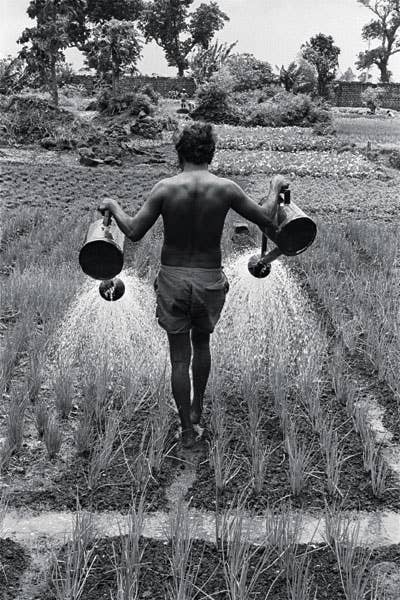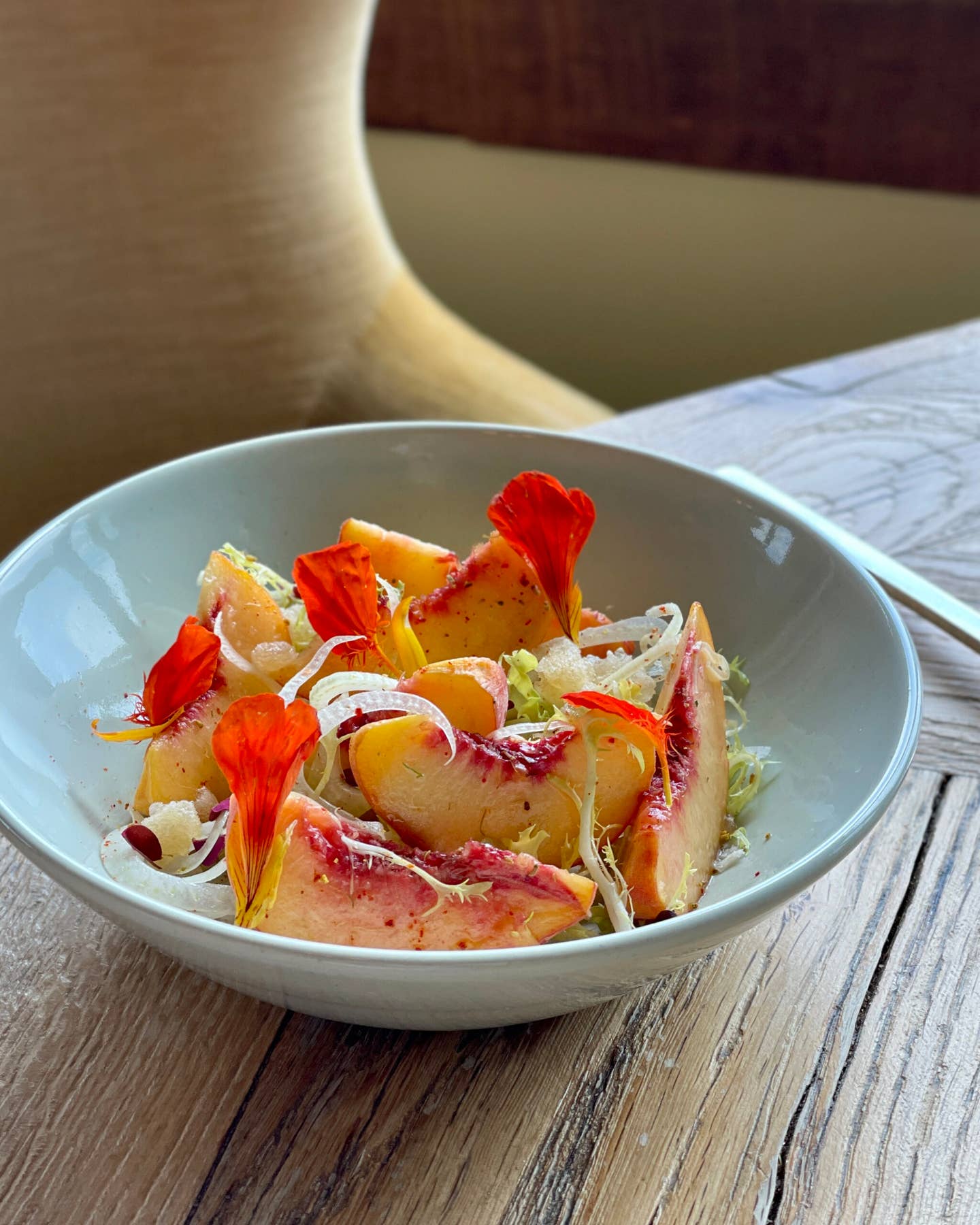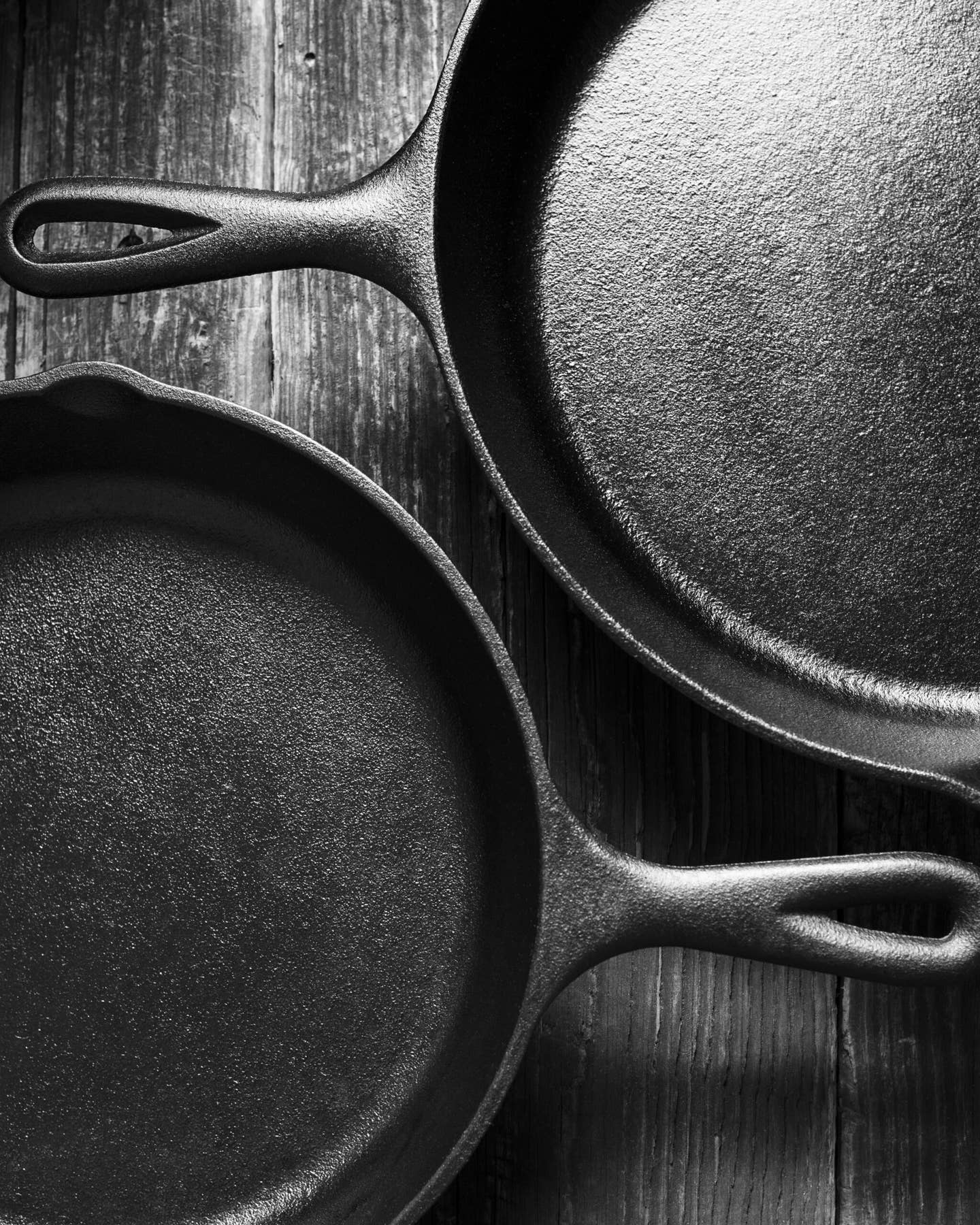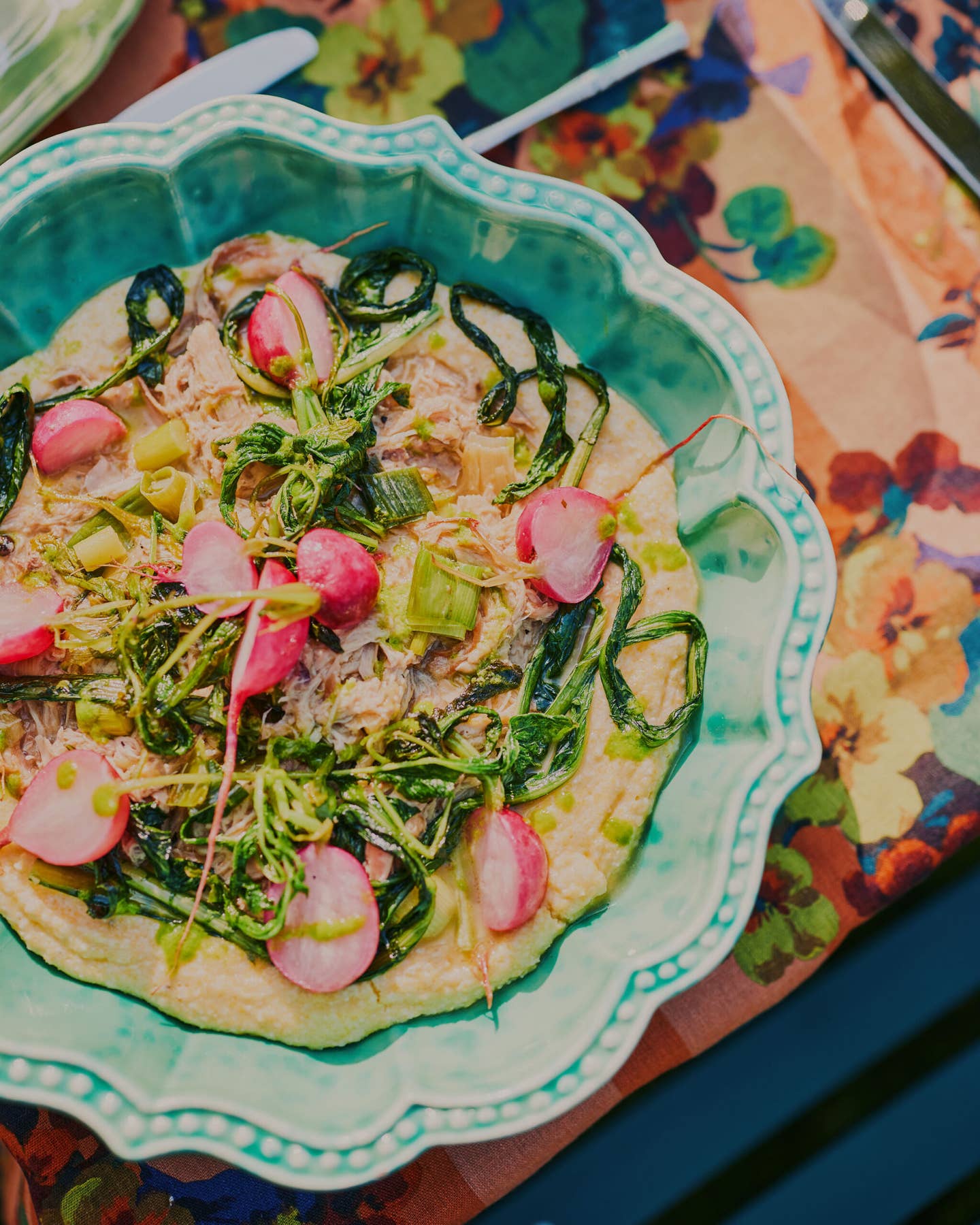
Global Flavor
Onions are one of the world's most ubiquitous vegetables: The species Allium cepa, which belongs to the vast amaryllis family, is cultivated everywhere from China to Africa (at left, a farmer waters onion plants in Mauritius) to the United States. In the U.S., some 1.3 billion pounds are harvested each year; California ranks as the country's largest producer (Idaho, Oregon, Washington, New York, Michigan, and Wisconsin are runners-up). Different varieties of bulb onions date back to ancient times; in fact, Alan Davidson's Oxford Companion to Food notes that it was a particularly mild white variety called unio, meaning a single white pearl, that gave rise to the word onion. Though shoppers can find different varieties of onions year round, they are a seasonal crop. Onions planted in the fall are the first to arrive in late spring; they're sold with green stems and should be eaten within a few days of buying. During the summer, varieties with a longer shelf life and a thin skin start coming to market, though they should still be eaten as soon as possible because they have a high water content. It isn't until late summer that low-moisture varieties that are cured—placed in a dry, airy space until their skin turns hard, which traps in their juices—come to market. Storage onions last around eight months, just in time for the next batch of spring onions to arrive.
Keep Reading
Continue to Next Story










